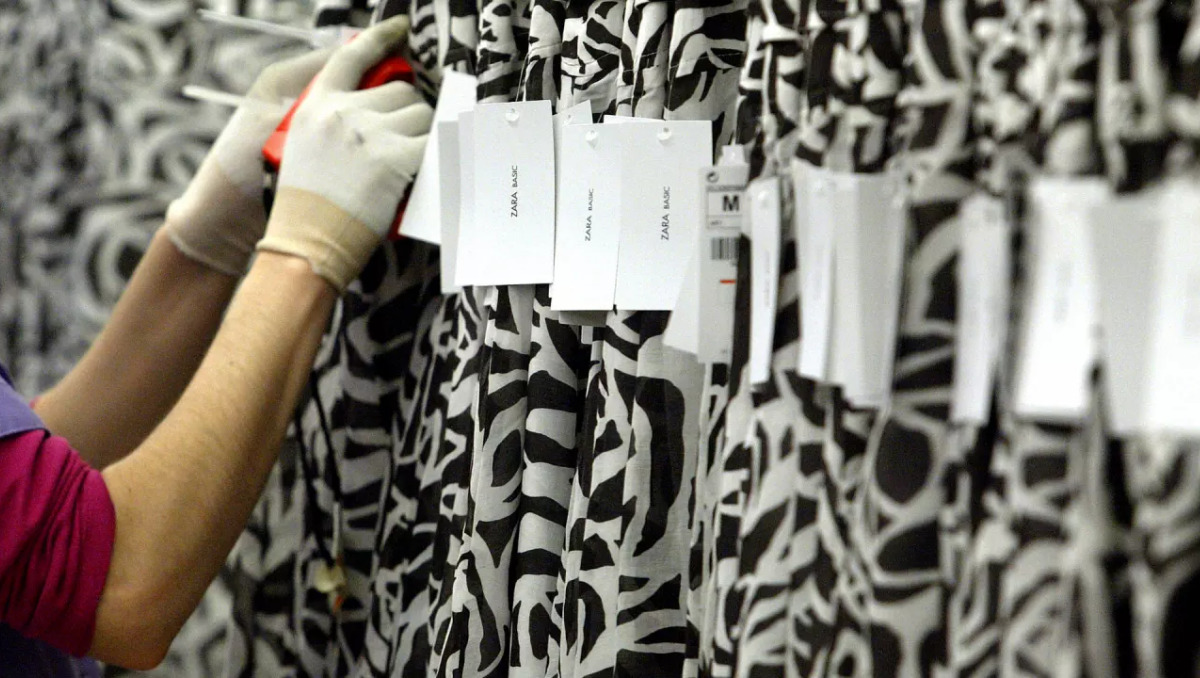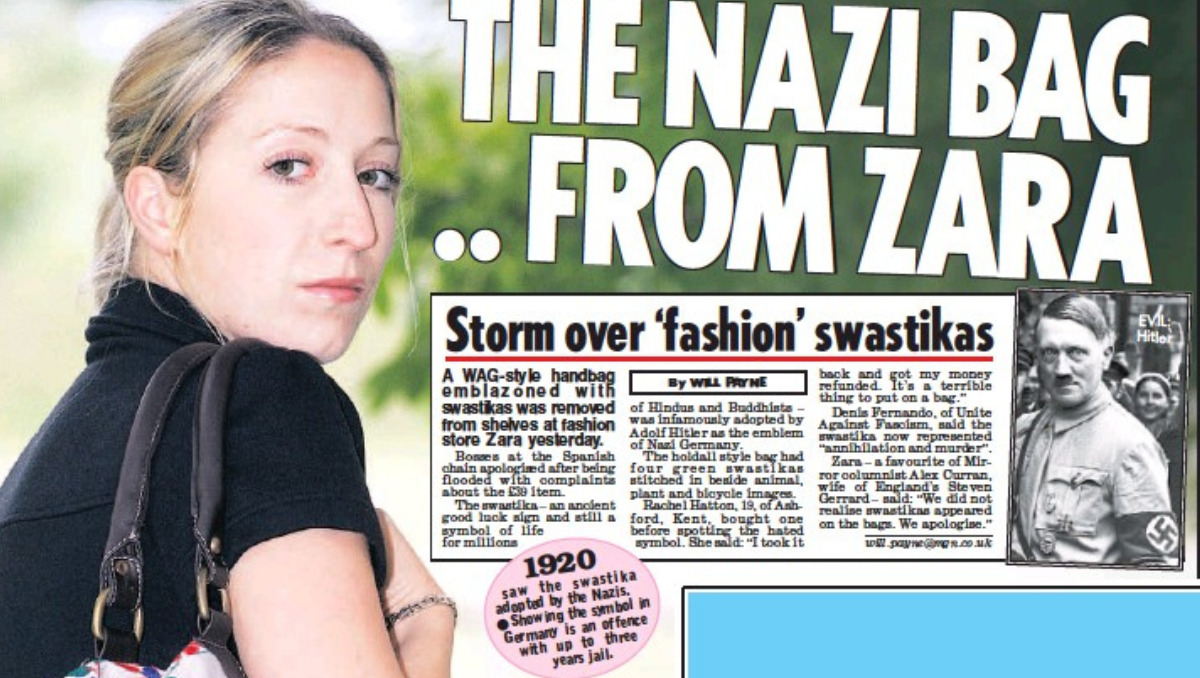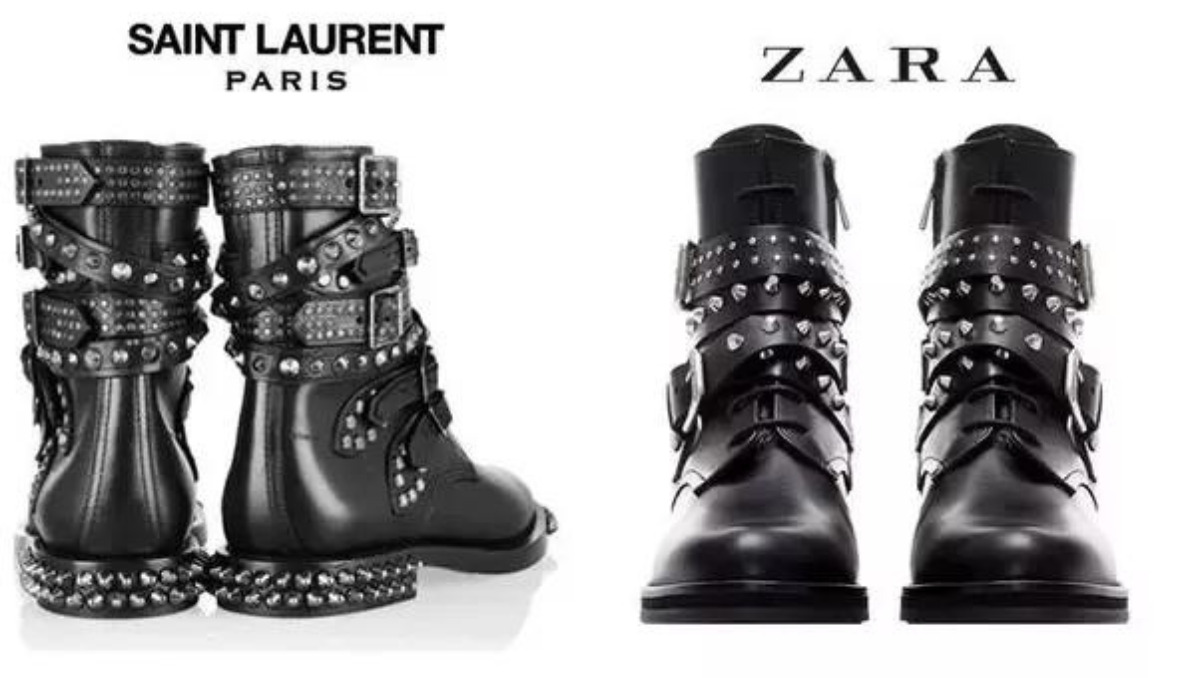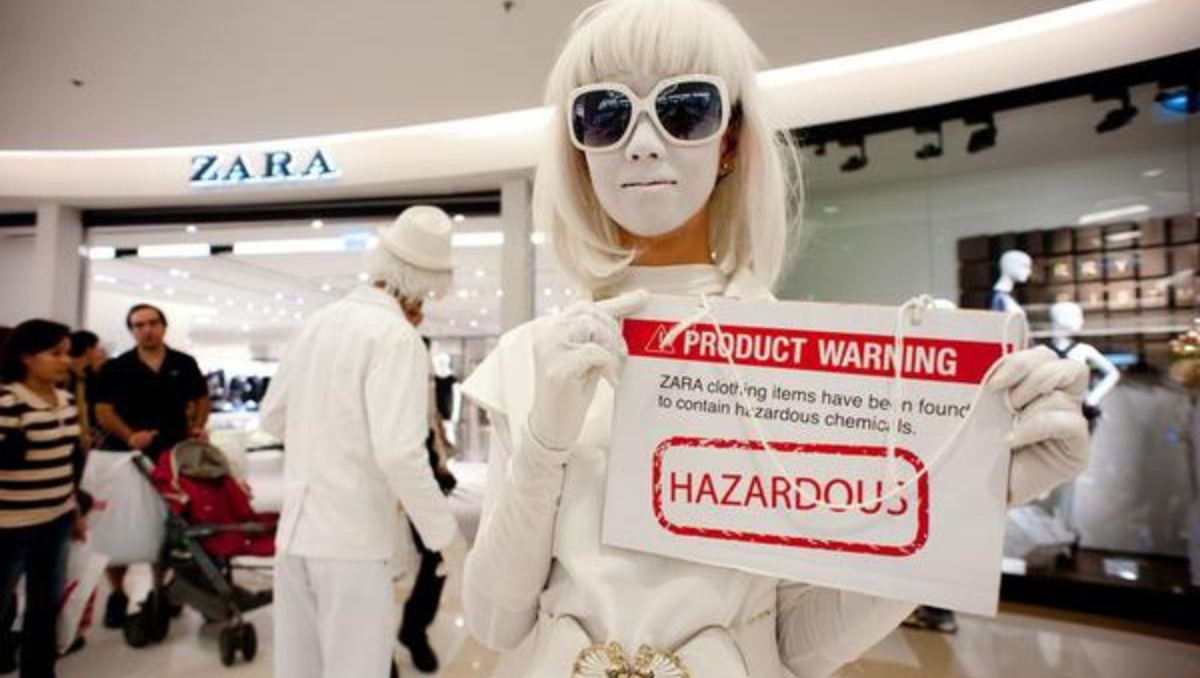As the popular saying goes ‘Not all that glitters is gold’ behind the glitzy exterior, Zara has had its share of challenges that have brought unwanted attention to the company.
The renowned Spanish retailer of clothing and accessories known as Zara is well-known throughout the world for its cutting-edge fashion. Under the inspiring leadership of Amancio Ortega Gaona, Zara was founded in 1974 and has since grown into a titan of quick fashion that has enchanted the world of high couture.
Zara is an unparalleled giant in the field of rapid fashion thanks to the intriguing waltz between style and pragmatism, enchanting the souls of those who seek trendy expression without compromise.
For men, women, and kids, the company has a wide selection of apparel, accessories, and cosmetics.

Customers enjoy a seamless shopping experience at Zara stores thanks to their modern and simple design. In addition to having physical locations, the brand also has a significant online presence that enables clients to browse and buy the brand’s most recent collections from the convenience of their homes.
Recognised for its dedication to sustainability, the brand has been aggressively putting environmental impact reduction plans into action. The company has achieved progress in a number of areas, including the use of sustainable materials, waste reduction, and recycling promotion.
Charges of Labour Abuse
An international labour rights organization, the Clean Clothes Campaign, charged Zara in 2011 for abusing Brazilian workers. Allegations of sweatshop-like working conditions, overwork, and earnings below the minimum wage were included.
Inditex, Zara’s parent company, reacted by conducting an internal probe and declaring that there was no proof to back up the charges. The Clean Clothes Campaign persisted in calling for more openness in Zara’s supply chain and better working conditions.

The brand was charged with labour abuse in factories in Turkey in a 2017 study by the Clean Clothes Campaign and the Asia Floor Wage Alliance. Long hours, little pay, and unfavourable working conditions were allegedly commonplace, according to the investigation.
Inditex retaliated by saying that they had audited the accused factories and had not discovered any proof of the purported infractions. However, they did admit that certain workers were being used by unlicensed subcontractors, which they promised to fix.
Zara has taken action to enhance working conditions and boost supply chain transparency. As a result of the Rana Plaza factory disaster, the company entered the “Accord on Fire and Building Safety in Bangladesh” in 2013, which aimed to raise safety standards in the apparel sector. Zara has also put in place its own audits and evaluation system to make sure labour rules are being followed.
Apparel featuring objectionable graphics
One noteworthy occurrence was in 2014 when Zara came under fire for marketing a kid’s outfit that looked like a uniform from a concentration camp. The uniforms worn by Jewish inmates during the Holocaust were reminiscent of the shirt’s horizontal blue and white stripes and yellow star on the chest.

Zara expressed regret over the design, claiming it was an error, and the product was swiftly taken out of their stores.

For a handbag that contained embroidered patches imitating alt-right insignia, notably a frog that had come to be connected with white supremacist activities, Zara came under fire in 2017.

In response, Zara said that the frog prince fairy tale served as inspiration for the design and that they did not support any movements or ideologies that incite bigotry or intolerance. The issue led to the handbag being taken off of retailers.
Interracial Profiling
Individuals are singled out or treated differently depending on their race or ethnicity, a practise known as racial profiling.
In a number of nations, Zara was accused of racial profiling. The Centre for Popular Democracy in New York City published a report in which it was claimed that Zara staff members took part in discriminatory actions by reportedly focusing on and profiling Black consumers.

According to the survey, Black customers were more likely to experience increased monitoring, be questioned for identification, or have their access into the store disallowed.
In response, Zara apologized publicly and took steps to fix the problem, such as retraining staff members and revising its loss prevention procedures.
After facing litigation and outrage from the public, Zara made commitments to improve diversity training and make policy changes to stop similar occurrences in the future.
Copyright Concerns
Artist Tuesday Bassen, who is located in Los Angeles, said that Zara had imitated her creations. According to Bassen, Zara stole some of her enamel pin designs and passed them off as their own without getting her permission.
Following a backlash from the public and support from Bassen on social media, Zara contacted her to apologize and say they will take the offending items out of their stores. Independent designers claimed Zara plagiarized their designs.

The designers claimed that Zara had copied their patterns and prints without their permission or giving them credit. These claims brought up issues with the practices of the fashion industry and the defense of intellectual property.
Intoxicating dangerous fashion
“Toxic Threads: The Big Fashion Stitch-Up,” a report by the environmental group Greenpeace, looked at the prevalence of dangerous substances in Zara apparel.

The report focused on the identification of substances that, when released into the environment during manufacture or when in contact with the skin, can be dangerous, such as nonylphenol ethoxylates (NPEs) and phthalates.
Inditex promised to phase out the use of NPEs and other potentially dangerous compounds by 2020 and to increase openness in its manufacturing procedures in response to the findings.

The “Detox Commitment,” a thorough plan put in place by Zara to stop using dangerous chemicals throughout its supply chain, is now in effect. The business has regularly tested and audited its suppliers to make sure they are abiding by the pledge.
The apparel sector as a whole has been tackling the problem of dangerous substances, and numerous programmes, certifications, and rules have been formed to encourage safer and more responsible practises. However, it can be a difficult and continuing task to guarantee complete compliance throughout the entire supply chain.













